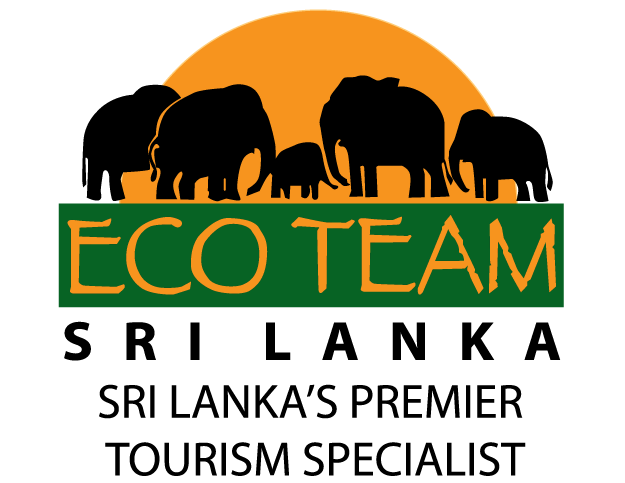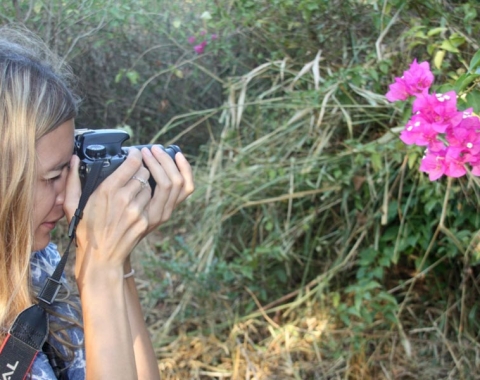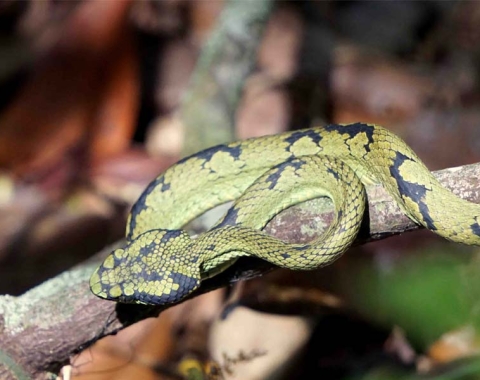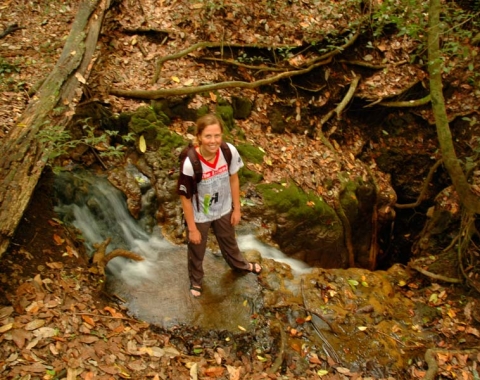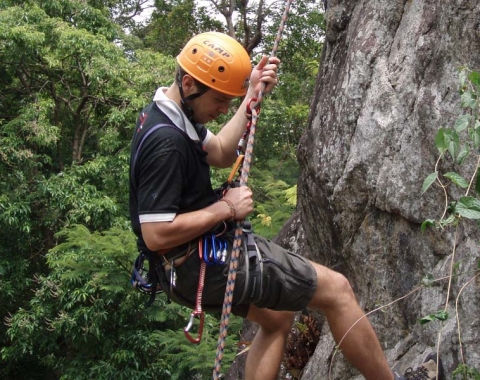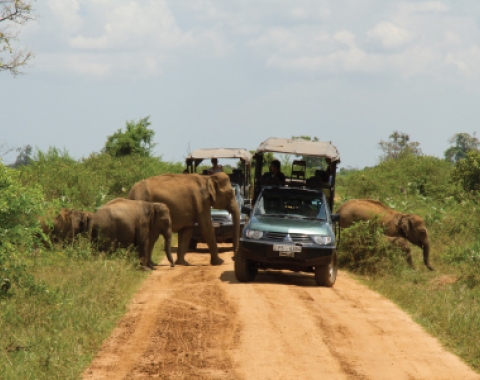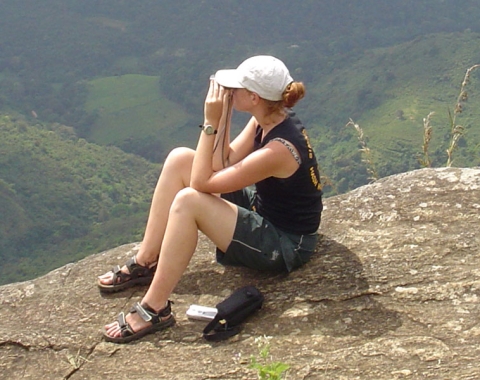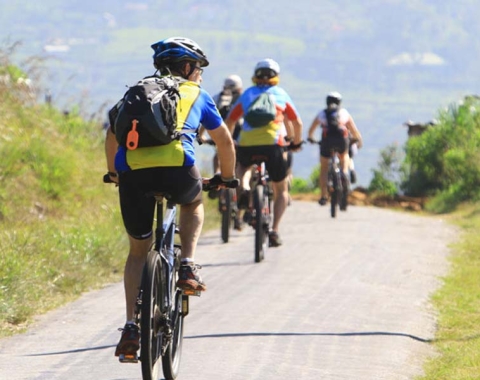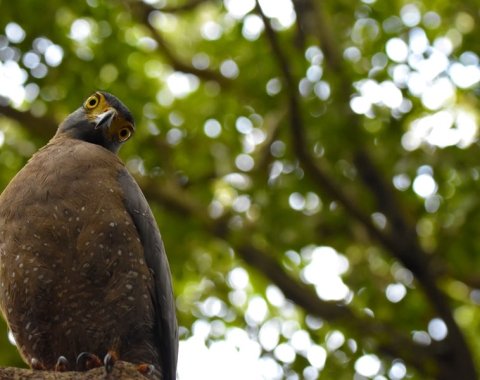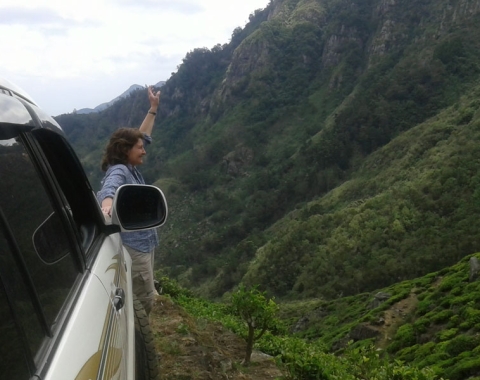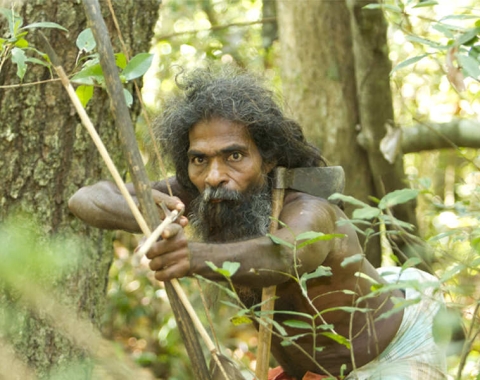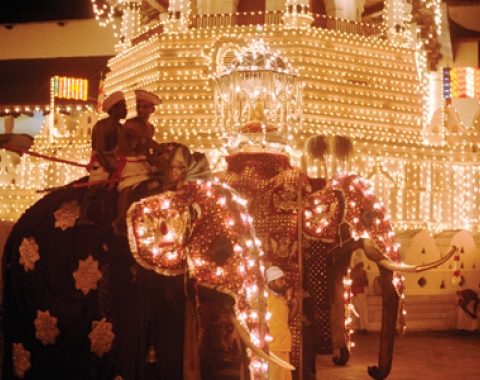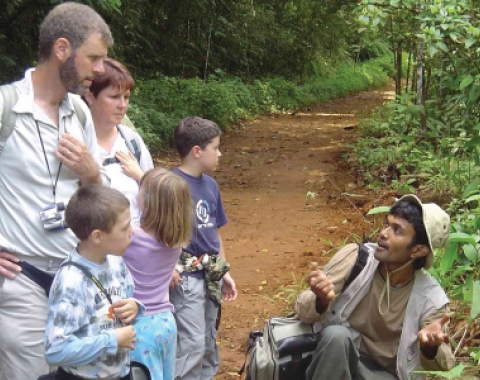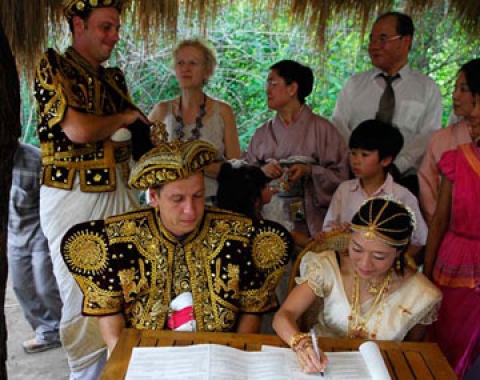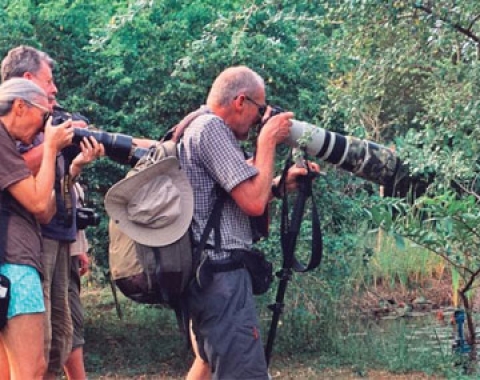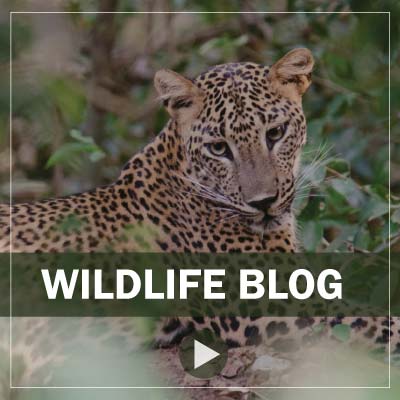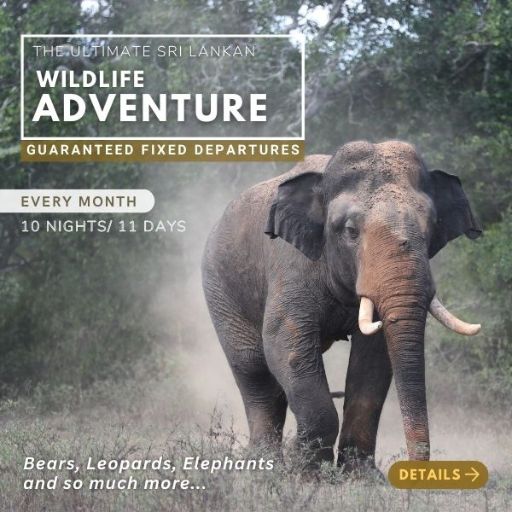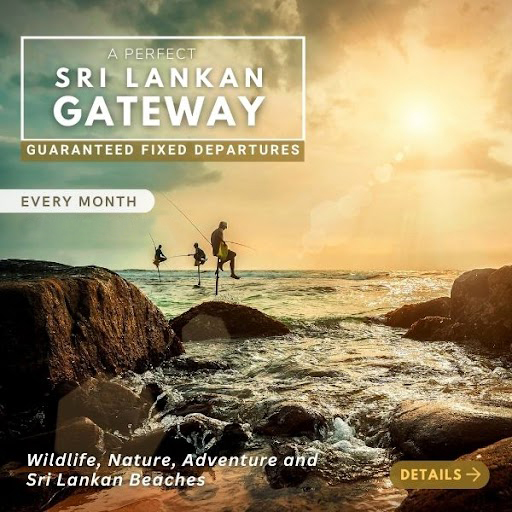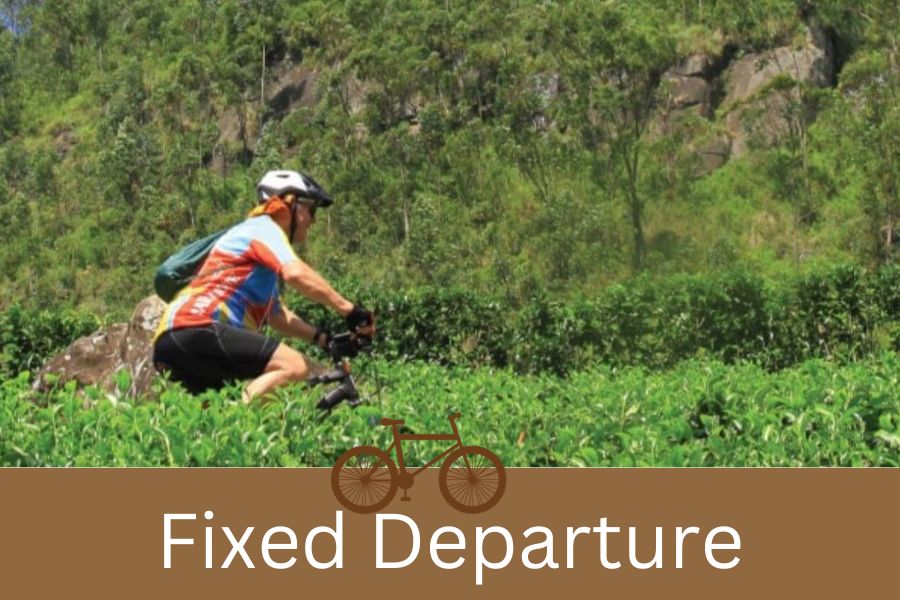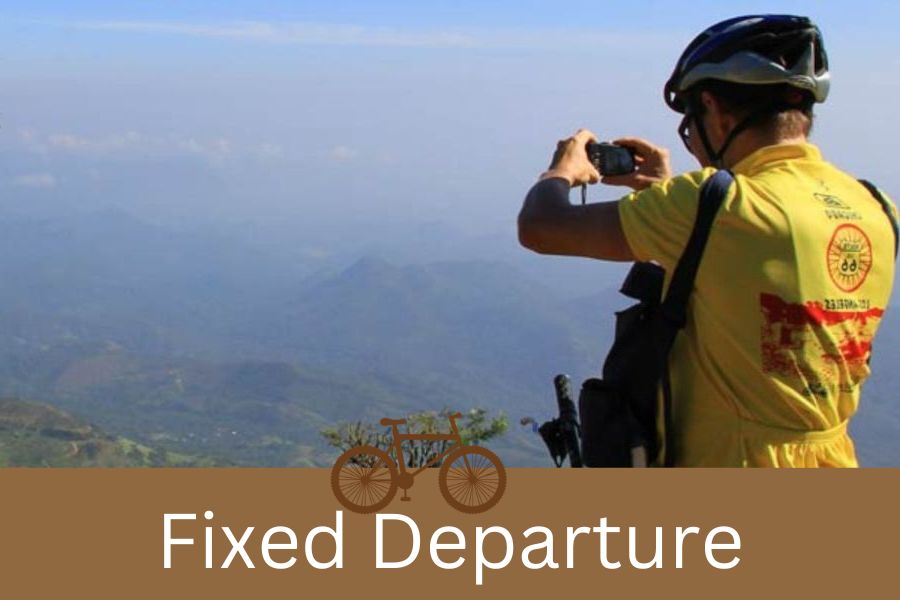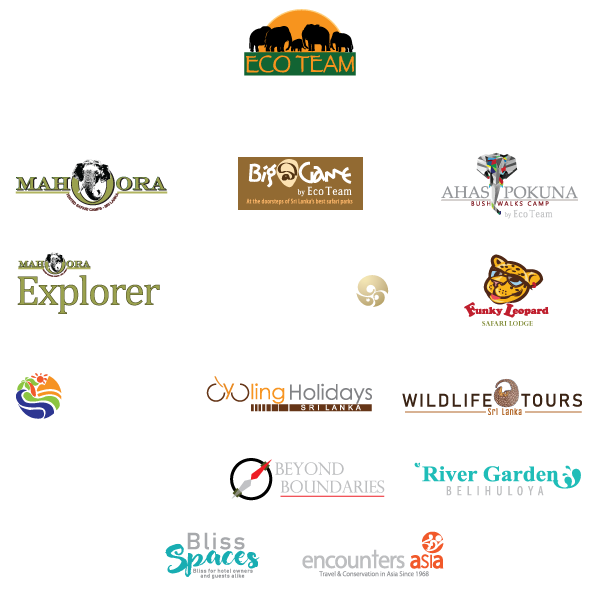Located on the boundary of Sri Lanka's wet and dry zones, Udawalawe National Park, is one of the best places in the world to see wild elephants. With approximately 400 elephants residing within the area of 31,000 hectares, it is not unusual to see big herds gathering to feed and bath by the waterholes.
In addition to this main attraction, Udawalawe is home to many water buffalo, water monitor lizards, sambar deer and monkeys. The bird enthusiasts shall be in their own winged paradise with not only the variety, but the quantity of bird species in the park.
Udawalawe, with its fascinating wildlife, history and culture, offers an array of historical sites and natural wonders, guaranteed to satisfy even the most seasoned traveler.
Originally, the national park was created to provide a sanctuary for wild animals displaced by the construction of the Udawalawe Reservoir in 1972. The reservoir, surrounded by open plains and foothills, is continuously replenished by River Walawe that draws its waters from the central highlands. The fringes of the reservoir and its creeks are filled with weather-bleached skeletons of thousands of jungle trees, and the area is about to become an important breeding place for aquatic birds.
Udawalawe National Park lies on the boundary of Sabaragamuwa and Uva Provinces, between Sri Lanka's wet and dry zones, forming of marshes, forests and grasslands. The park has an annual rainfall of 1,500 millimetres, most of which falls during the months of October to January and March to May, and the average temperature is about 29°C.
Originally the region was forested, but as a result of former chena farming practices, plains of open grassland are abundant. Though, there are also some mountainous areas. The Kalthota Range and Diyawini Falls are in the north of the park, and the outcrops of Bambaragala and Reminikotha lie within it.
Species of trees include satin (Chloroxylon swietenia), halmilla (Berrya cordifolia), ebony (Diospyros ebenum) ehala (Cassia fistula), kolon (Adina cordifolia ), milla (Vitex pinnata), kon (Schleichera oleosa), kunumella (Diospyros ovalifolia) and lunumidella ( Melia dubia ). In the riverine forests, kumbuk (Terminalia arjuna) and the endemic mandorang (Hopea cordifolia) are dominant. Scrubs are dominated by damaniya (Grewia tiliaefolia), and in savanna grasslands mana (Cymbogon confertiflorus), illuk (Imperata cylindrical) and pogon (Pennisetum olystachyon) are common.
Tour in brief
Initial meeting with the Eco Team crew and the safari guide, a brief of the tour will take place in the entrance to the Udawalawa Safari. For the morning half-day tour, the starting time will be at 6 a.m. while the afternoon tour begins at 2.30 p.m.
After entering the national park with your guide in a jeep, you will be able to spot several species of birds and other animals that have made their homes in this sanctuary. The guide will explain about the various interesting attributes as you will learn and enjoy about the flora and fauna of Udawalawe.
You will be taken through most of the Udawalawe National Park, covering the wetlands, grasslands, forest patches, etc. We will make longer stops at certain watering holes for unique photography opportunities.
Finishing the safari, either round 11 a.m. or around 6 p.m. you will be dropped at the park entrance.
